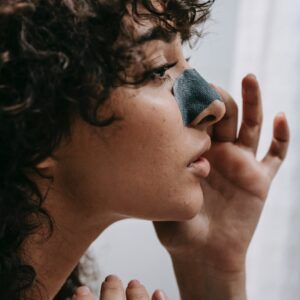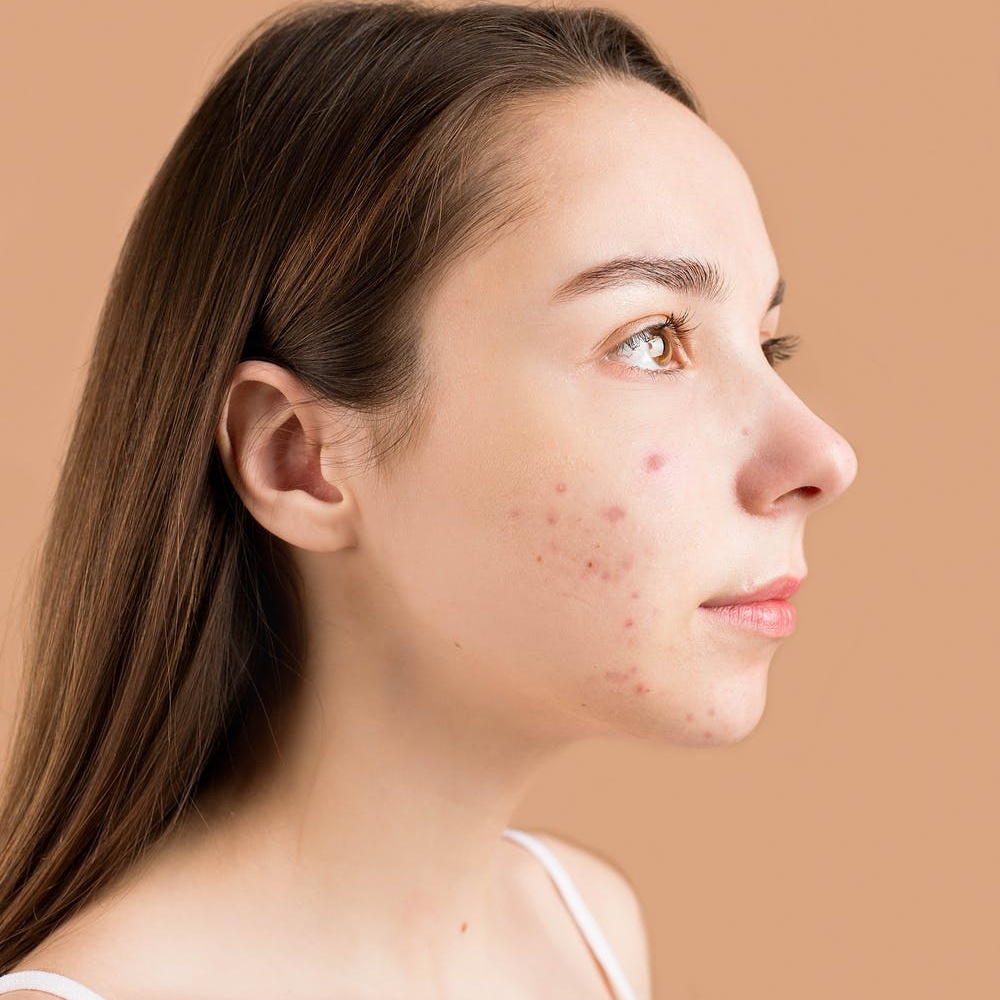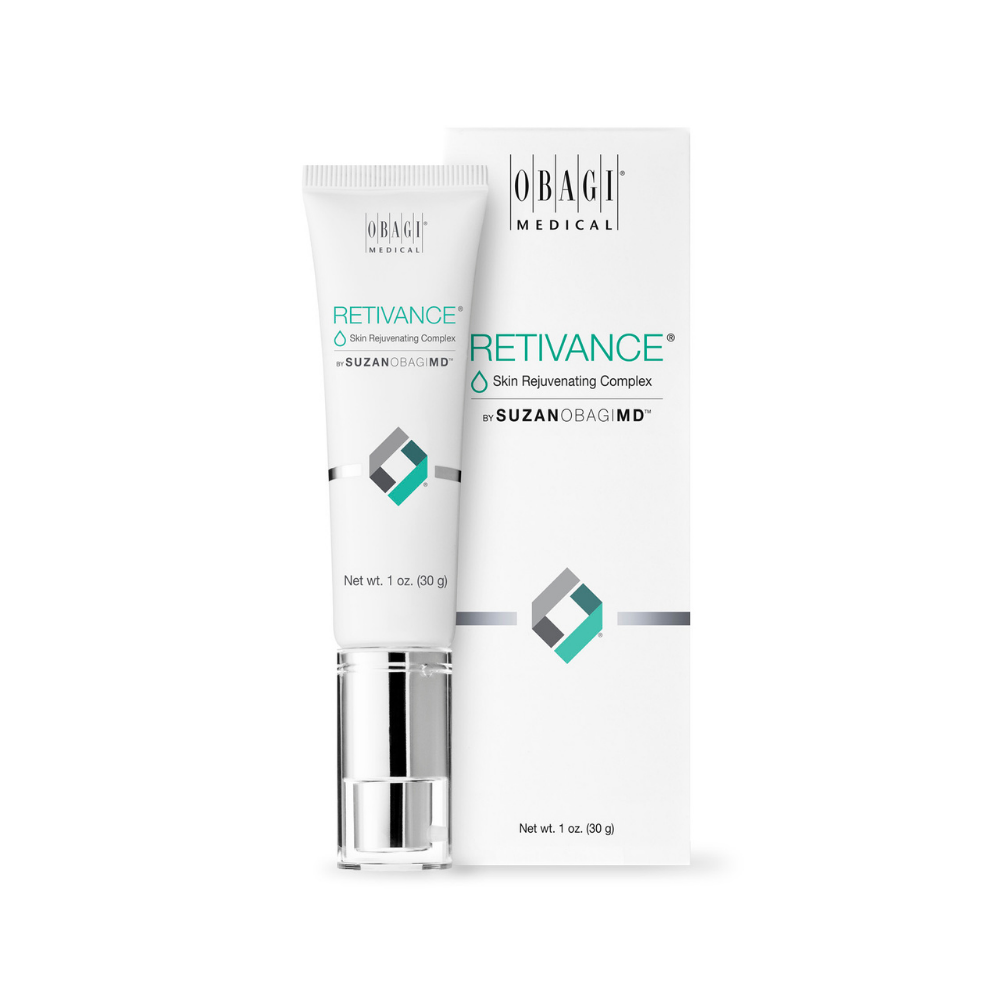
Blackheads and breakouts are never a fun experience. Spots can sometimes be painful and an all-around irritating skin experience. We know that no matter what age you are, breakouts can occur, causing us to rush to our skincare in the hopes of aiding the situation. This is where things can go wrong and we want to make sure that if and when blackheads and breakouts happen, you are safely handling your skin situation.
It’s often that we don’t notice a blackhead until it’s too late, and the same goes for breakouts too. There is never a good time for one of these to appear, and that’s why we’ve got the blackhead and breakouts 101 to make sure the next time they do appear, you’ll know exactly what to do and how to treat them.
What is a Blackhead?
The first step in combating the dreaded blackhead is to understand exactly what it is and how it affects our skin. Blackheads are a form of hormonal acne, known as acne vulgaris. They appear on the skin when a hair follicle becomes clogged. As the name suggests they appear dark, almost black, when the clogged follicle opens up and is exposed to the air. More commonly, blackheads can be caused by the overproduction of oil in the skin’s glands, happening mostly during hormonal shifts like puberty, which is why as teenagers we tend to experience them more.
What are Breakouts?
Similar to blackheads, it’s important to understand what breakouts are so that we can effectively treat and prevent them. Breakouts are also a small cluster of acne that have been caused by the hair follicles becoming clogged with excess oil residing in the skin. Otherwise known as the Sebaceous gland, these microscopic holes on the skin’s surface produce something called sebum, and a combination of overproduction of sebum and dead skin cells leads to what we know as ‘breakouts’.
The difference between the two relates to whether or not the pore eventually opens up to be exposed to the air; if they do, it becomes dark thus forming a blackhead, and if it does not, it remains white and is more related to breakouts. However, clogged hair follicles may not be the only thing causing them. Below are some external factors that could be contributing to blackheads and breakouts:
- Certain cosmetic products, as some ingredients may react to your skin causing clogged pores
- Smoking can, among other health issues, be a possible cause
- A buildup of the Propionibacterium acnes bacteria
- Producing too much body oil
How to get rid of Blackheads/Breakouts?
Now that we understand why they appear and what they are, we can treat them accordingly.
Manual extraction
Often our initial instinct is to use our fingers, all be it satisfying to remove them, but this could be doing more damage than good. Although it is safe to remove a blackhead once stopped manually at home, some dermatologists recommend using a round loop extractor. This will remove the plug causing the blackhead by applying pressure to the area and swiping, removing the blackhead from the skin. It’s important to note here that this is only advised for blackheads rather than breakouts.
Prescription medication
If the problem of blackheads and breakouts becomes too much, sometimes medical assistance is needed. We highly suggest that you talk with your dermatologist or medical professional if this is the case, to make sure that this is the right step for you.
Targeted skincare
Many skincare options help reduce and prevent blackheads and breakouts from arising. One of which is the top-rated Obagi Spot Relief Kit which is packed with all your skin essentials to combat the appearance of blemishes, including blackheads and breakouts. This kit includes the Obagi CLENZIderm M.D.® Daily Care Foaming Cleanser which contains Salicylic Acid as a type of BHA, the SUZANOBAGIMD™ Balancing Toner and the SUZANOBAGIMD™ Retivance® Skin Rejuvenating Complex combines Retinaldehyde.
These are just a few of the ideas to help treat breakouts and blackheads, if the problems persist please always consult your dermatologist.



